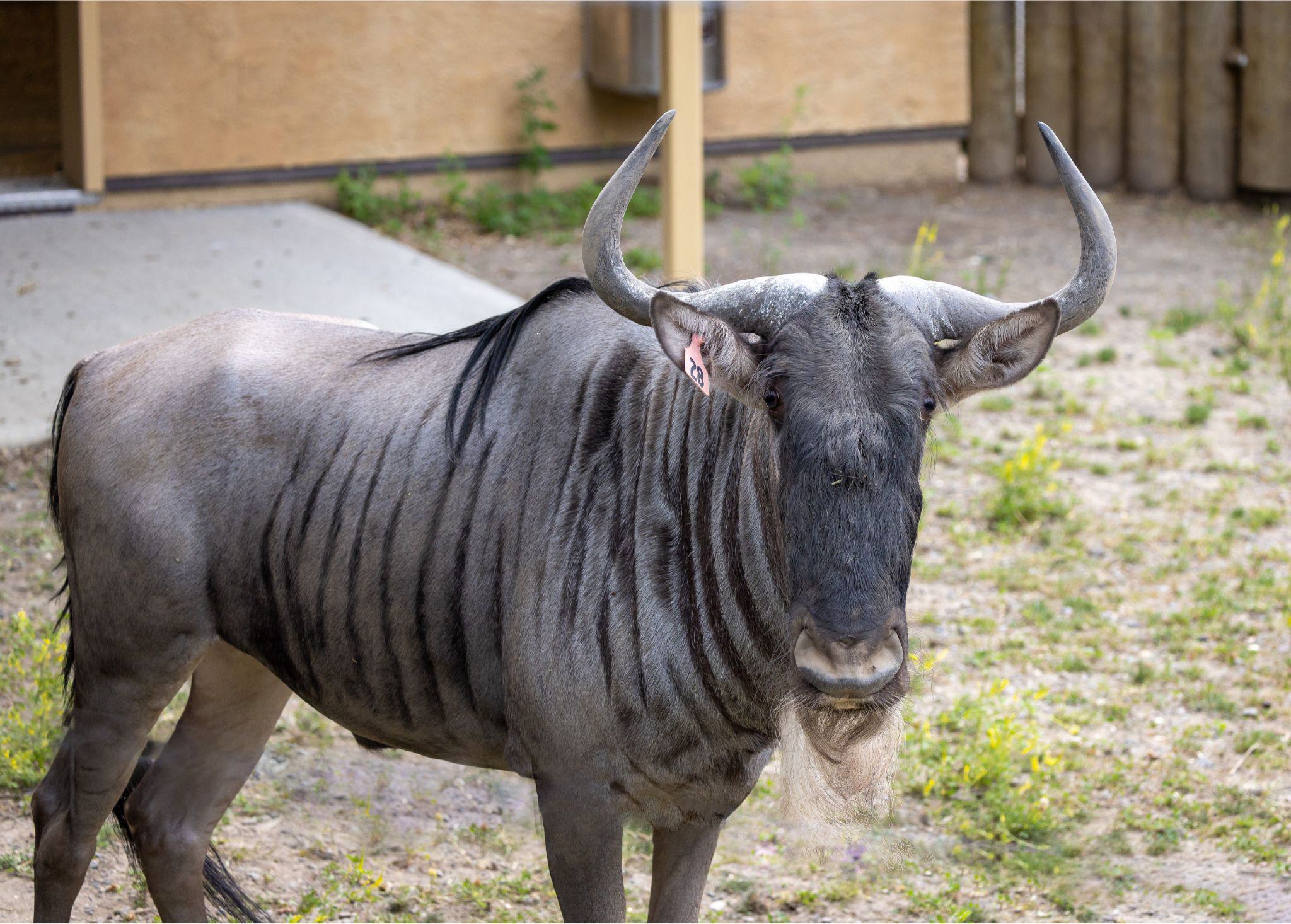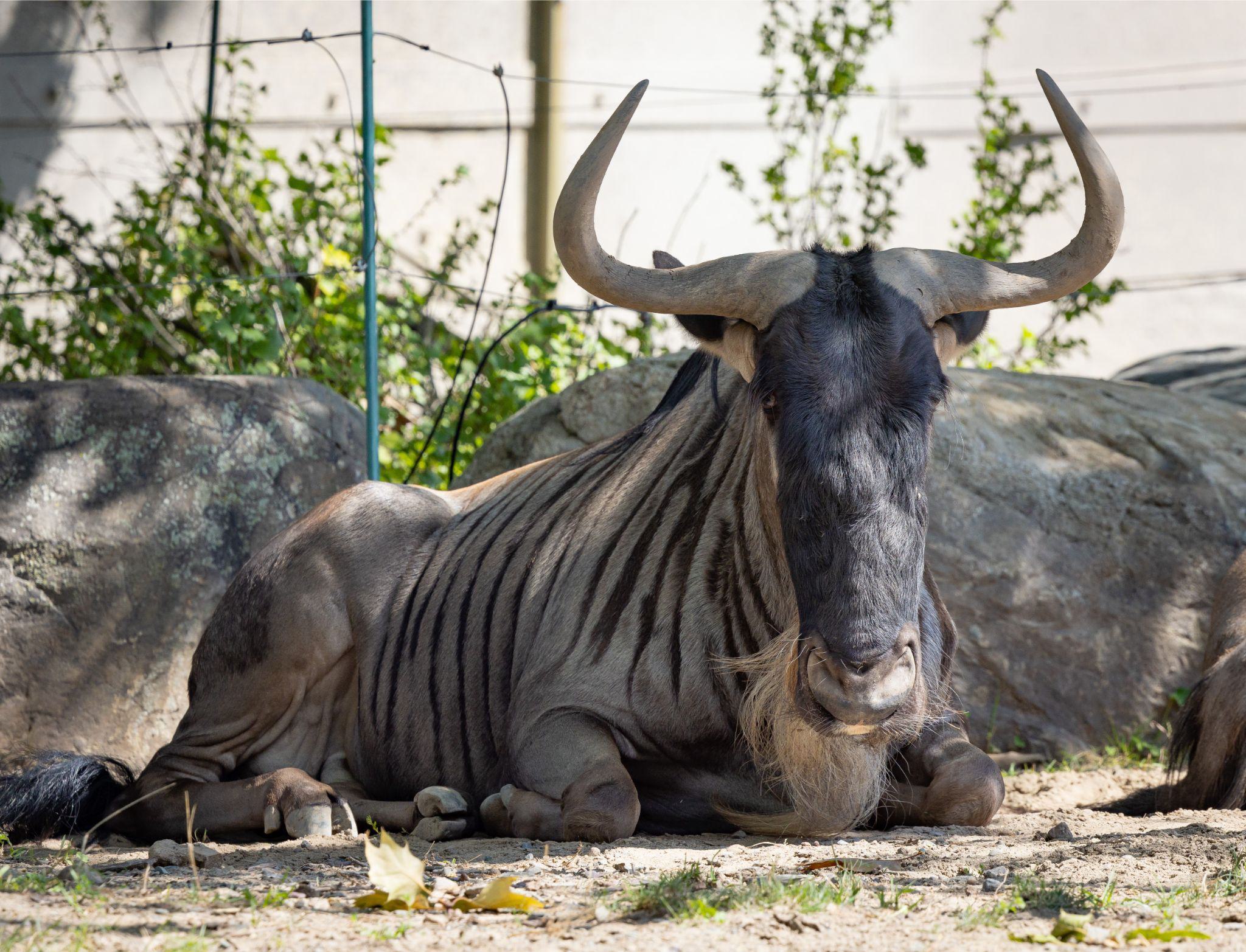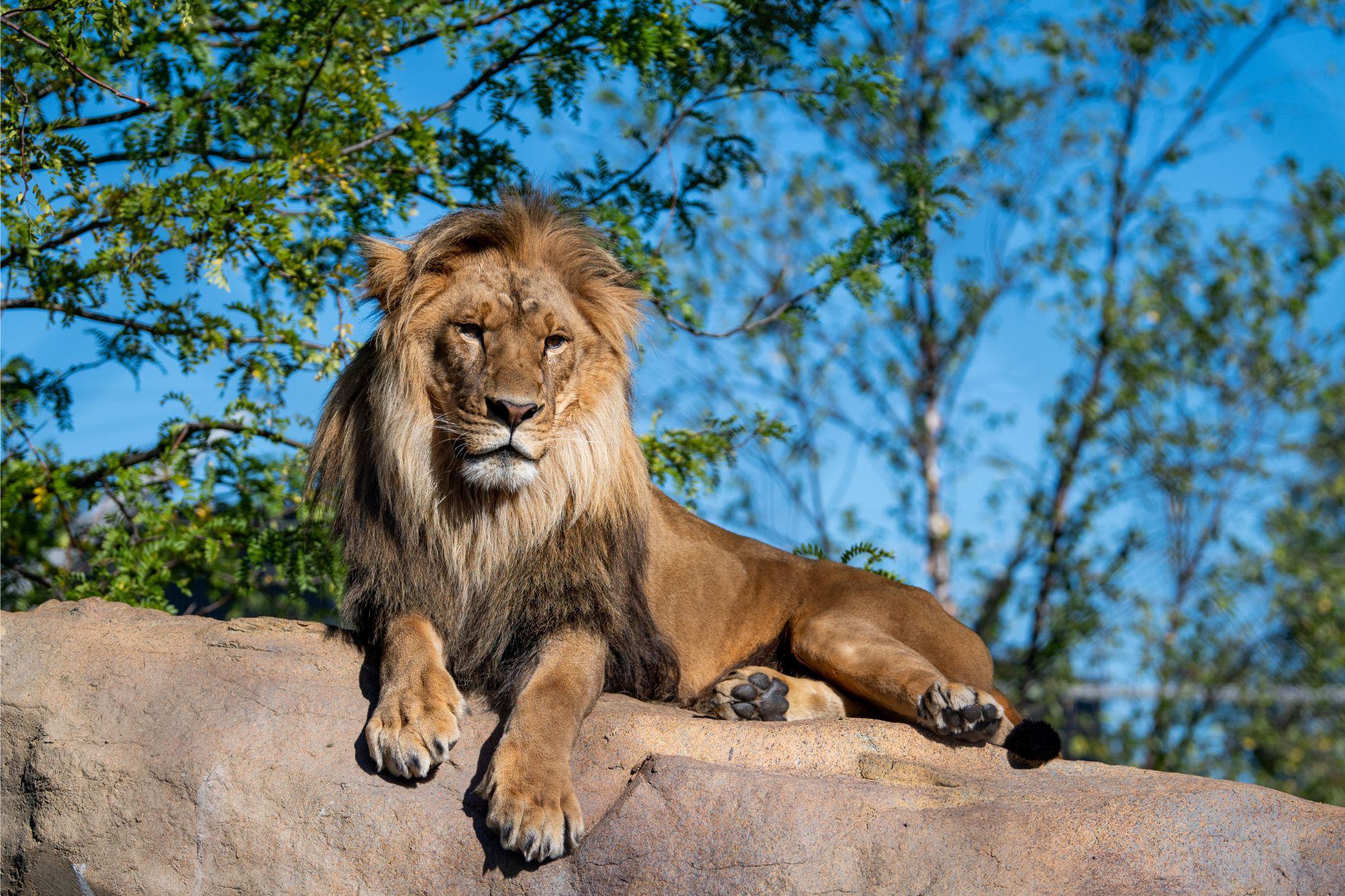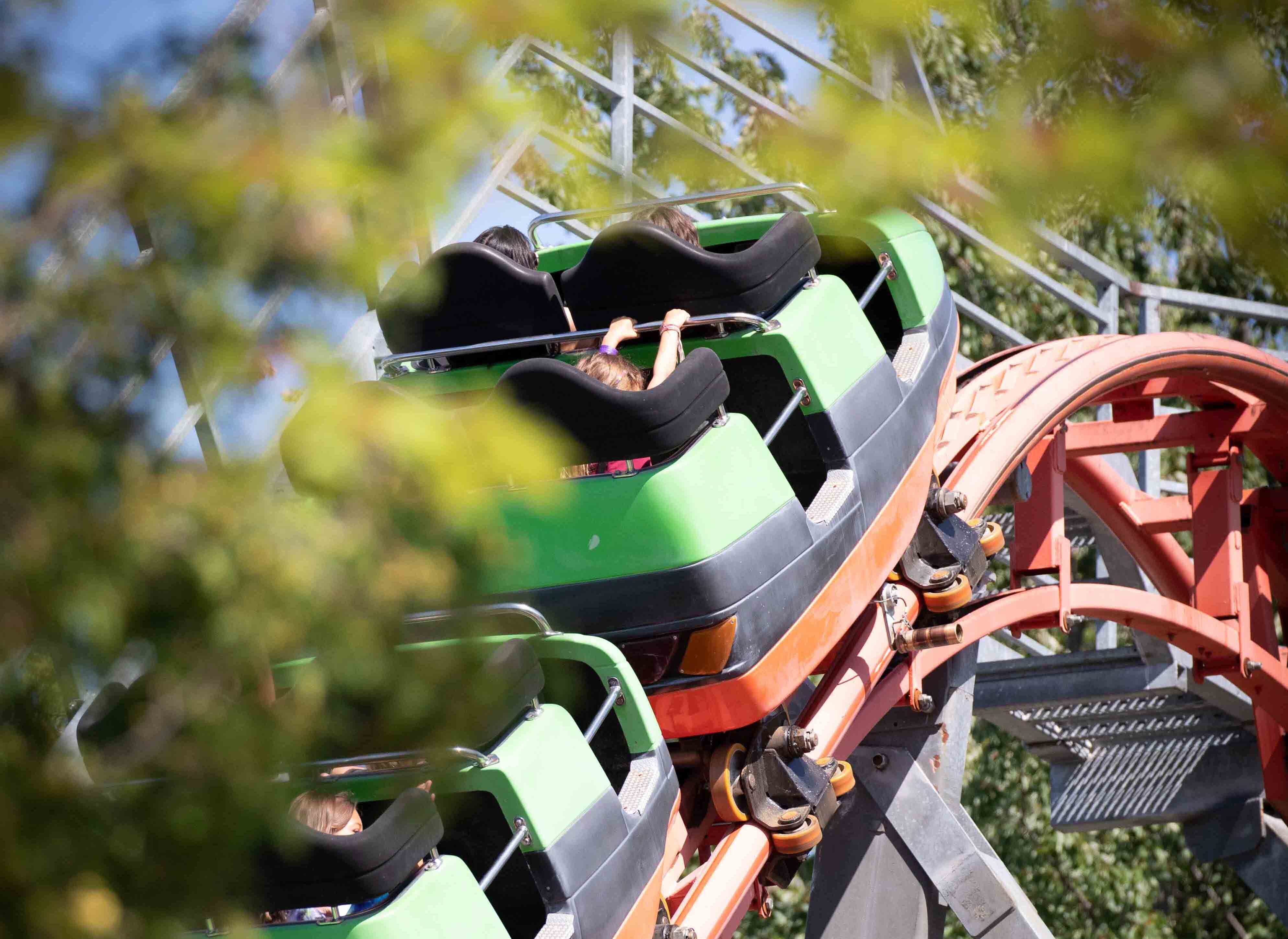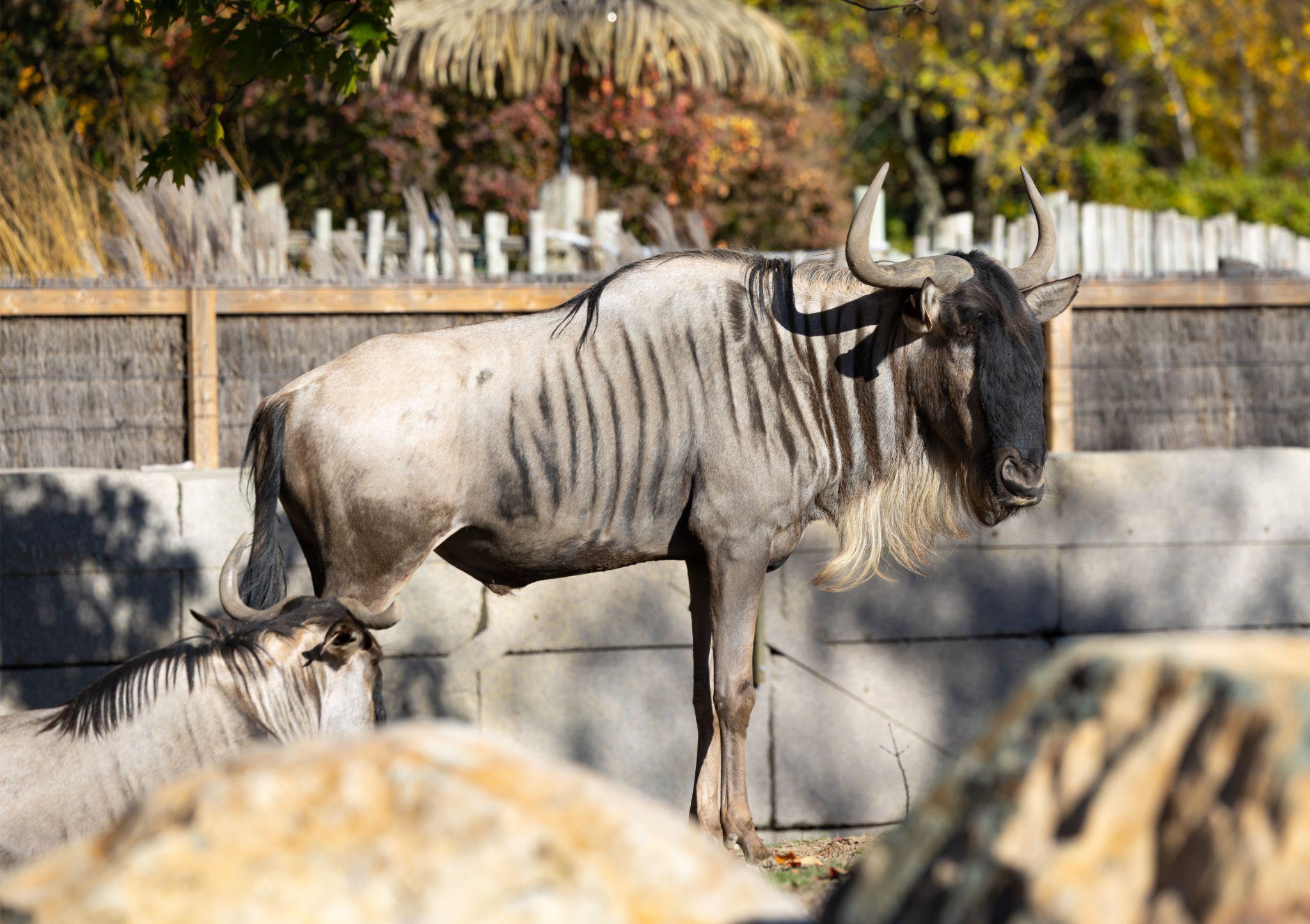
Blue Wildebeest
Blue Wildebeest
Distribution
Southern Africa
Diet
Herbivore
Habitat
Savannah
Latin Name
Connochaetes taurinus
IUCN conservation status
Prey to many predators in Africa, these bovids take advantage of travelling in herds to protect themselves.
Interesting informations

